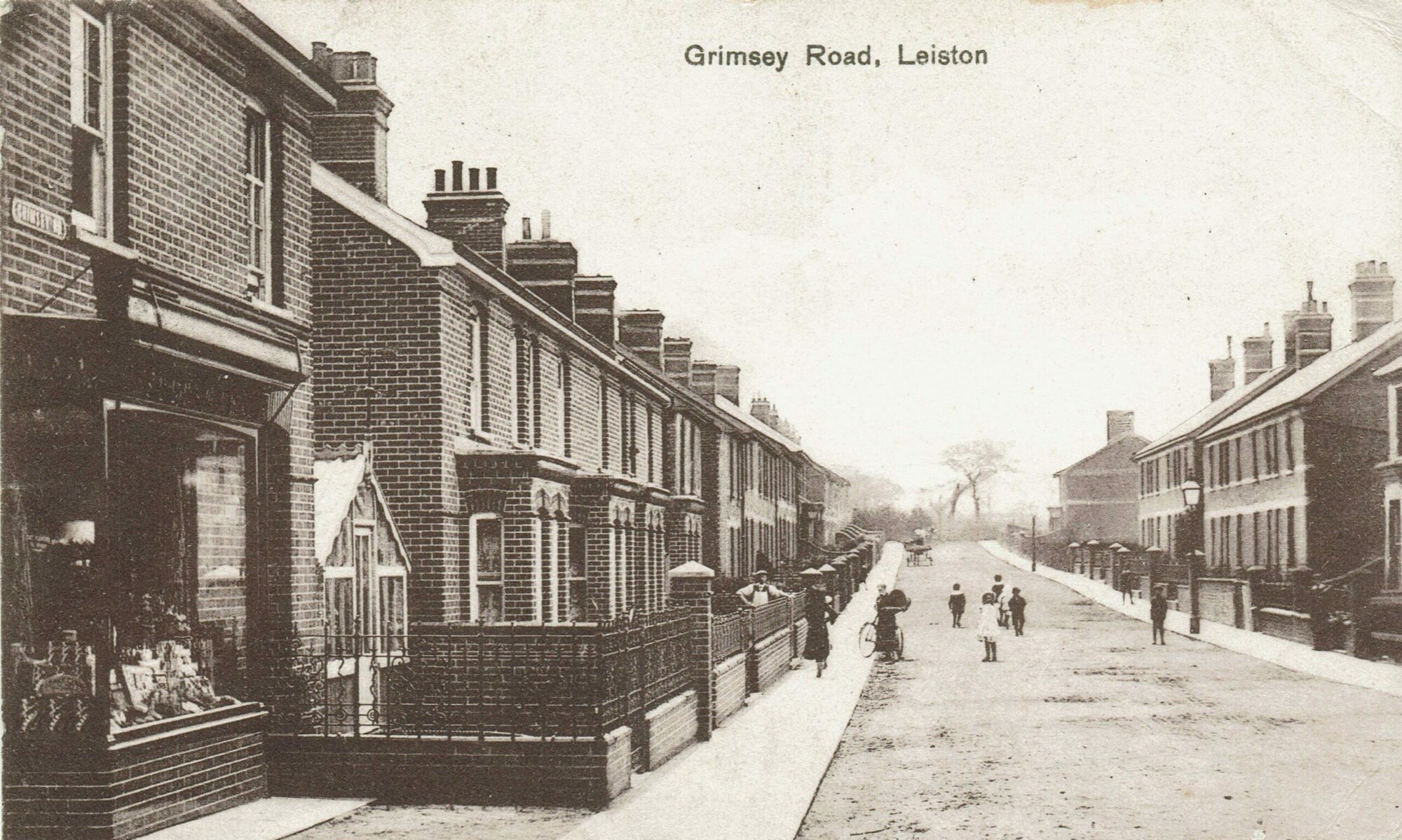A (very) Brief History of Leiston.
????
Stone tools, bronze age artefacts and recently a Roman kiln, testify that the Leiston area has been occupied for a long time, but the recorded history of the town really begins with the time of Edward the Confessor when it is recorded that the manor of Lehtun (Leiston) was owned by Edric of Laxfield.
1098
1183
Leiston abbey was founded on a site near to Minsmere sluice, the remains of a chapel are all that remains of the original buildings. The Abbey was relocated to the site of the present ruins in about 1365 after coastal erosion and flooding had damaged the foundations of the original buildings.
1524
33 taxpayers were recorded in Leiston and 40 in Sizewell, this is of course not the total population but gives an indication of the small size of the village and the fact that Sizewell may have been bigger than Leiston at this time.
1778
An important date for Leiston as a certain Richard Garrett married Leiston girl Elizabeth Newson and set up a business at a forge previously belonging to William Cracey. Shortly after, it is recorded that he was employing 8 or 10 men. It is only from this time that Leiston as a village starts to appear distinct from Leiston as a parish.
1801
The population of the parish was recorded as 823, in 1821 it had increased to 954 and in 1831 it was 1070, by the 1837 census this had grown to 1177, quite an increase in only 36 years! From this time until the mid 20th century, the history of Leiston is largely the history of Garretts , with the town growing alongside the growing works.
1859
On the 1st of June the railway was opened to Leiston and the extension to Aldeburgh opened on 12th April 1860. The Garrett works were connected by a tramway from the station to the works. (The Leiston Works Railway project is now restoring part of this.)
1885
By this time, Leiston was supplied with gas from Garretts but a water supply and sewage system was not implemented until 1901 by which time the town’s population had risen to 3259.
1914
Saw the opening of Leiston Picture House in the purpose built premises that still houses the Leiston Film Theatre.
1927
The year that A.S. Neill purchased Richard Garrett’s house in Westward Ho, renaming it “Summerhill” and opening his free school there.
1942
Leiston airfield was built although most of it was actually in Theberton.
1945
After the war Garretts combined with some other engineering companies to form A.G.E. (Agricultural and General Engineers Ltd.) which traded until 1932 when it went into receivership and unemployment in Leiston rose to over 1000. Beyer Peacock purchased Garretts later in the year.
1957
After a half day enquiry, the CEGB commenced the building of Sizewell Nuclear power station which helped to ameliorate the growing unemployment situation.
1966
Passenger services withdrawn from the Saxmundham to Aldeburgh branch railway.
1981
1983
The start of the enquiry into Sizewell ‘B’ power station. It lasted over two years. 1989 saw the start of the building of the station which started generating power in February 1995.
1997
Leiston Town Council changed it’s name to Leiston-cum-Sizewell District Council. Sizewell had been dropped from the name in the local government reorganisation in 1974, before then it was Leiston-cum-Sizewell Urban District Council.
2002
A Town Appraisal was carried out in Leiston-cum-Sizewell which resulted in 1,654 households returning a questionnaire that included the views of 3,851 residents.
2010
Leiston became a Fair trade town.
